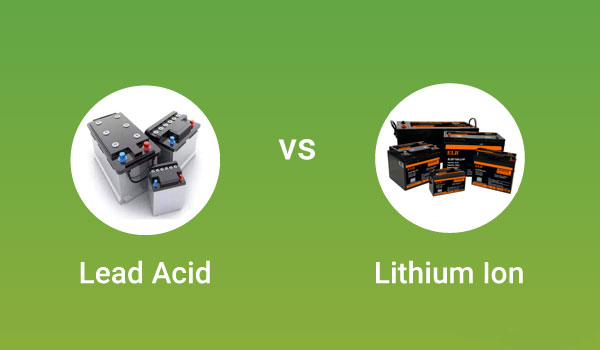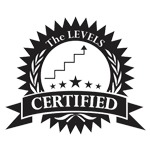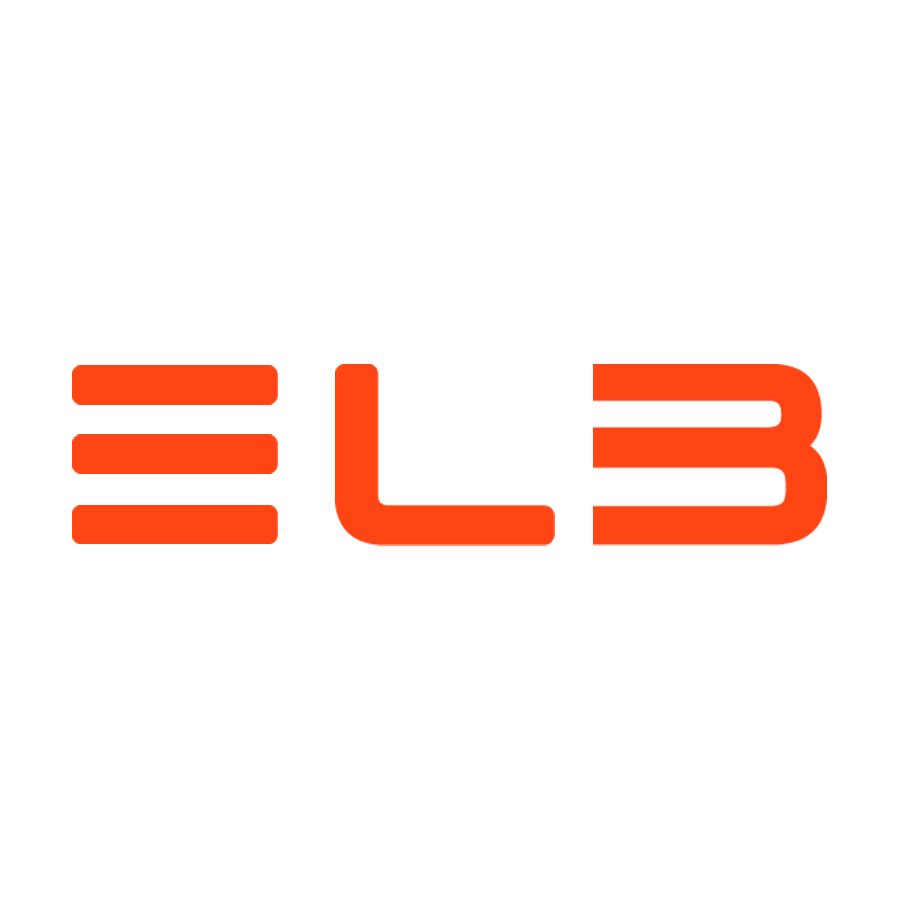
When choosing a battery for your device, lead acid vs lithium ion battery, which battery has better cycle life? Which battery is cheaper?
As we all know,
Lead acid is a proven technology that costs less, but requires regular maintenance and has a short lifespan.
Lithium is a premium battery technology with longer life and higher efficiency, but you pay more for performance gains.
This article will explain what the two are and the advantages and disadvantages of each battery.
What is lead acid batteries?
Lead acid battery is a rechargeable battery that uses lead and sulfuric acid to function. Lead is immersed in sulfuric acid to allow for a controlled chemical reaction.
The main active materials usually used in lead-acid batteries are lead peroxide (PbO2), lead sponge (Pb) and dilute sulfuric acid (H2SO4), which are assembled into lead-acid batteries by chemical mixing.
What is lithium ion batteries?
There are several types of lithium batteries are available in the market. Some of the lithium battery options include NMC lithium ion battery, lithium iron phosphate battery(Also called LFP batteries), and titanate lithium batteries(Also called LTO batteries). The LFP battery is the most popular lithium battery that are used for golf carts, EVs etc.
NMC lithium battery is the most widely used lithium battery in the world, including tesla battery 4680 battery and 21700 battery also belong to ternary lithium battery.
LFP lithium battery can reach more than 4000times lifespan. The typical life are 3 times than normal lead acid battery.
LTO lithium battery is the most expensive lithium battery, but it has the longest lifespan. The lifespan can reach more than 2000 times. At the same time, it can be used in extreme low temperature weather. When the temperature is lower than -20℃, the battery can still be used normally. .
Difference between lead acid vs lithium ion batteries
Weight
Lithium batteries weigh about one-third the weight of lead-acid batteries. Lithium-ion batteries have a much higher energy density than lead-acid batteries, which means they can hold more storage capacity in a smaller space. Considering the size of the entire battery pack, lithium weighs less than half that. This can be a real benefit if you need to get creative with your battery pack. Higher energy density helps your lithium battery pack fit into tighter spaces.
Cycle life
The cycle life is largely determined by the chemical structure of the lithium battery, which depends on the chemical composition of the lithium battery. Under the same power load and discharge conditions,
Lithium titanate battery life – 20,000 cycles
LiFePO4 battery life – 4,000 cycles
Ternary lithium battery life – 1,000 cycles
However, Lead-acid battery life is expected to be 500 cycles
Cost
The one category in which lead acid batteries seemingly outperform lithium-ion options is in their cost. A lead acid battery system may cost hundreds or thousands of dollars less than a similarly-sized lithium-ion setup – lithium-ion batteries currently cost anywhere from $5,000 to $15,000 including installation, and this range can go higher or lower depending on the size of system you need.
While lead acid batteries typically have lower purchase and installation costs compared to lithium-ion options, the lifetime value of a lithium-ion battery evens the scales. Below, we’ll outline other important features of each battery type to consider, and explain why these factors contribute to an overall higher value for lithium-ion battery systems.
Capacity
A battery’s capacity is a measure of how much energy can be stored (and eventually discharged) by the battery. While capacity numbers vary between battery models and manufacturers, lithium-ion battery technology has been well-proven to have a significantly higher energy density than lead acid batteries. This means that more energy can be stored in a lithium-ion battery using the same physical space. Because you can store more energy with lithium-ion technology, you can discharge more energy, thus power more appliances for longer periods of time.
Depth of discharge
A battery’s depth of discharge is the percentage of the battery that can be safely drained of energy without damaging the battery.
While it is normal to use 85 percent or more of a lithium-ion battery’s total capacity in a single cycle, lead acid batteries should not be discharged past roughly 50 percent, as doing so negatively impacts the lifetime of the battery.
The superior depth of discharge possible with lithium-ion technology means that lithium-ion batteries have an even higher effective capacity than lead acid options, especially considering the higher energy density in lithium-ion technology mentioned above.
Efficiency
Just like solar panel efficiency, battery efficiency is an important metric to consider when comparing different options. Most lithium-ion batteries are 95 percent efficient or more, meaning that 95 percent or more of the energy stored in a lithium-ion battery is actually able to be used. Conversely, lead acid batteries see efficiencies closer to 80 to 85 percent. Higher efficiency batteries charge faster, and similarly to the depth of discharge, improved efficiency means a higher effective battery capacity.
High temperature performance
Lithium’s performance is far superior than SLA in high temperature applications. In fact, lithium at 55 degree still have twice the cycle life as SLA does at room temperature. Lithium will outperform lead under most conditions but is especially strong at elevated temperatures.
Charge time
Charging SLA batteries is notoriously slow. In most cyclic applications, you need to have extra SLA batteries available so you can still use your application while the other battery is charging. In standby application,an SLA battery must be kept on a float charge.
With lithium batteries,charging is 4~5 times than SLA. The faster charging means there is more time the battery is in use, and therefore requires less batteries. As a bonus, there is no need to keep lithium on a float charge for storage.
Related article
1. Related article 《NMC Lithium Battery: The Definitive Guide》
2. Related article 《LTO lithium battery: All Things You Want Know》
3. Related article 《How Do Lithium Ion Batteries Work?》
4. Related article 《How to extend lithium battery life?》
5. Related article 《How to connect batteries in series vs parallel?》





